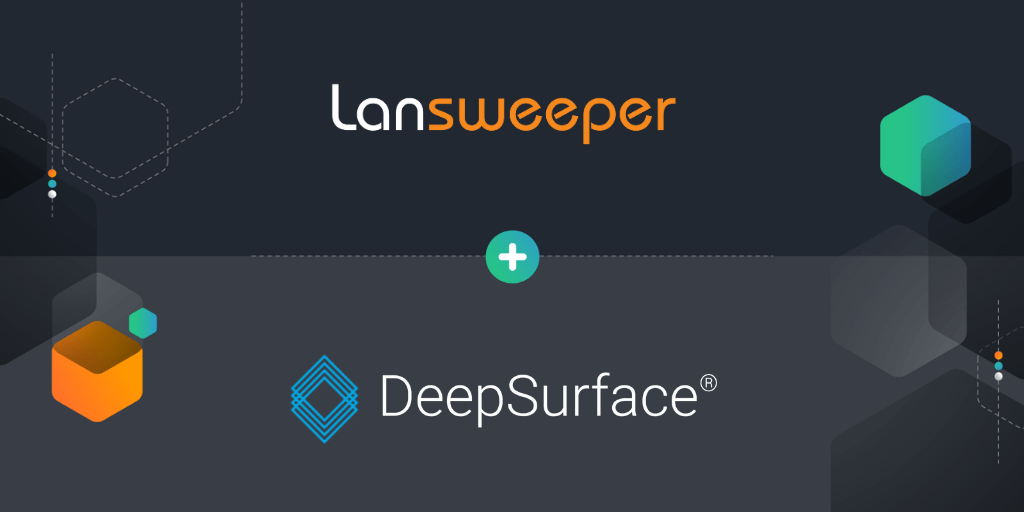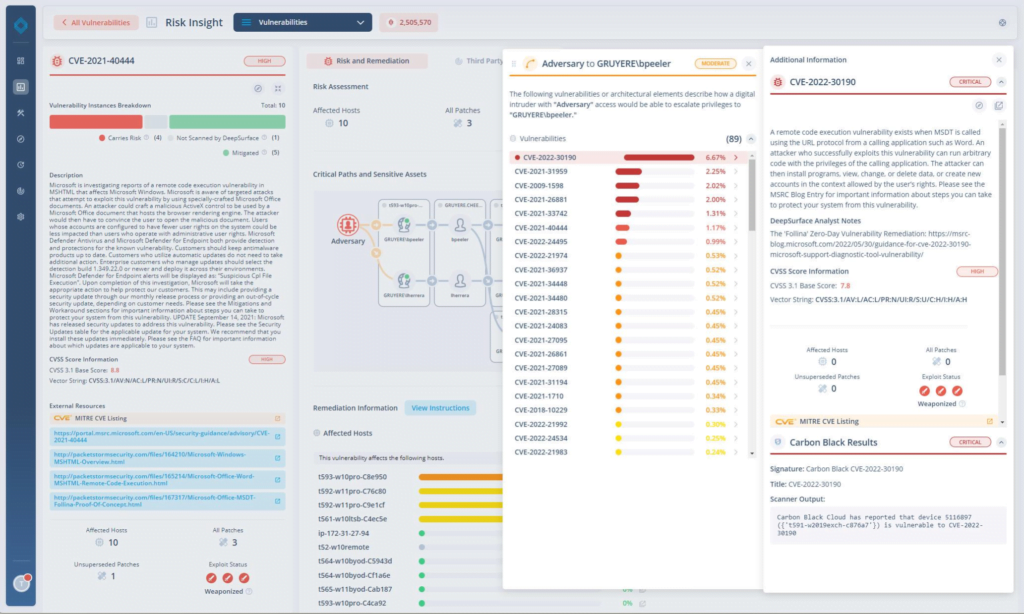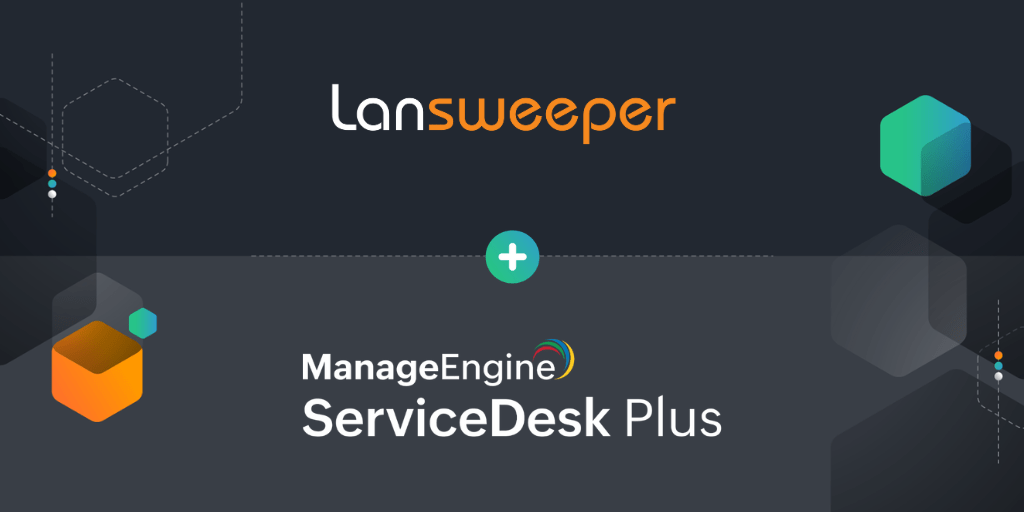
The steep increase in ransomware attacks, phishing schemes, data breaches, and other threats in recent times has laid bare the vulnerabilities faced by organizations in every industry, and protecting the IT asset estate presents a multitude of challenges. The expansive and often fragmented nature of modern IT environments — comprising on-premises systems, cloud services, mobile devices, IoT devices and more — creates numerous entry points for attackers. The potential impact of a breach can be devastating, ranging from financial losses, reputational damage, operational downtime, to legal ramifications associated with the loss of sensitive customer data.
According to Cybersecurity Ventures, the financial toll of cybercrime is projected to increase by 15% every year, culminating in a staggering $10.5 trillion by 2025 — a clear indicator of the significant economic repercussions tied to these security challenges.
Against this menacing backdrop, Portland-based DeepSurface Security is on a mission “to create a safer world for tomorrow” by transforming vulnerability management for mid-sized and enterprise organizations – with the help of Lansweeper.
Too Much Vulnerability Data, Too Little Time
Founded in 2017, DeepSurface set out to create a vulnerability management solution that would provide a more complete picture of a company’s threat landscape. The idea was to provide a system that enabled regulators, auditors, and even non-technical executives to understand and take action on system vulnerabilities and risk. To that end, the company launched its DeepSurface RiskAnalyzer in 2020, which enables cybersecurity teams to quickly identify, analyze and prioritize security issues.
According to Timothy D. Morgan, Founder and CTO at DeepSurface, IT cybersecurity teams are overwhelmed with the noise of vulnerability scanners and data being thrown at them from multiple sources.
“Everybody in this field is drowning in a mountain of data that they can’t analyze easily, “he said. They have to piece it together to understand threats, and they often simply throw up their hands and say ‘This is too much!’”
The result is that teams either exhaust all of their time and resources trying to figure out what parts of their systems are exploitable, or they remain vulnerable to attacks. Thanks to the integration between Lansweeper and DeepSurface, customers now have the visibility they need to understand where risks lie, and a quick and efficient way of prioritizing which risks to attack first.
The First Step to Reducing Risk: Knowing What You Have
While DeepSurface integrates with many products that provide vulnerability information, Lansweeper is the only solution that enables complete visibility across the technology asset estate.
“If you don’t know what you have, you’re not going to be able to secure it, so creating a complete inventory is the first essential step,” Morgan said. “Once you know what’s there, you can start to analyze where the vulnerabilities are, and begin to prioritize your remediation work.”
Lansweeper uses advanced deep scanning technology and credential-free device recognition (CDR) to automatically collect detailed information on all of the IT assets within an organization’s network. It leverages a variety of network protocols – SNMP, WMI, SSH, and others – to identify and catalog every piece of hardware and software in an organization’s IT estate, including computers, servers, printers, switches, and any other network-connected device. By conducting regular and comprehensive scans, Lansweeper not only provides a real-time inventory of IT assets but also captures critical data such as configuration details, installed software, and hardware specifications, enabling IT teams to maintain an up-to-date and accurate overview of their IT landscape.

Through the integration with DeepSurface, Lansweeper customers benefit from layering advanced threat analysis over their completed and detailed IT asset data, along with actionable insights and workflows for remediating any vulnerabilities. By automating the prioritization piece, DeepSurface helps teams make more efficient and effective use of their time.
DeepSurface also provides additional scanning capabilities related specifically to how an attacker might exploit vulnerabilities and maps out attack scenarios, helping cybersecurity teams prioritize their work. “Once you’ve become laser focused on what your risk really is, and what the threat progression could be, prioritizing remediation is much easier,” Morgan said.

Up to 93% Reduction in Risk
The combination of Lansweeper data and DeepSurface analysis and reporting illuminates the ways in which a bad actor may leverage weaknesses in an IT environment to exploit them. With the remediation workflows that DeepSurface generates, customers have been able to slash risk metrics by 93%.
“With granular IT asset data from Lansweeper, teams can get to work immediately, since they have complete visibility into where all the vulnerabilities exist,” Morgan said.
Learn more about the Lansweeper + DeepSurface integration, and get started today!
Combining Lansweeper + DeepSurface
Get advanced threat analysis, actionable insights and remediation workflows alongside your Lansweeper data.
LEARN MORE

